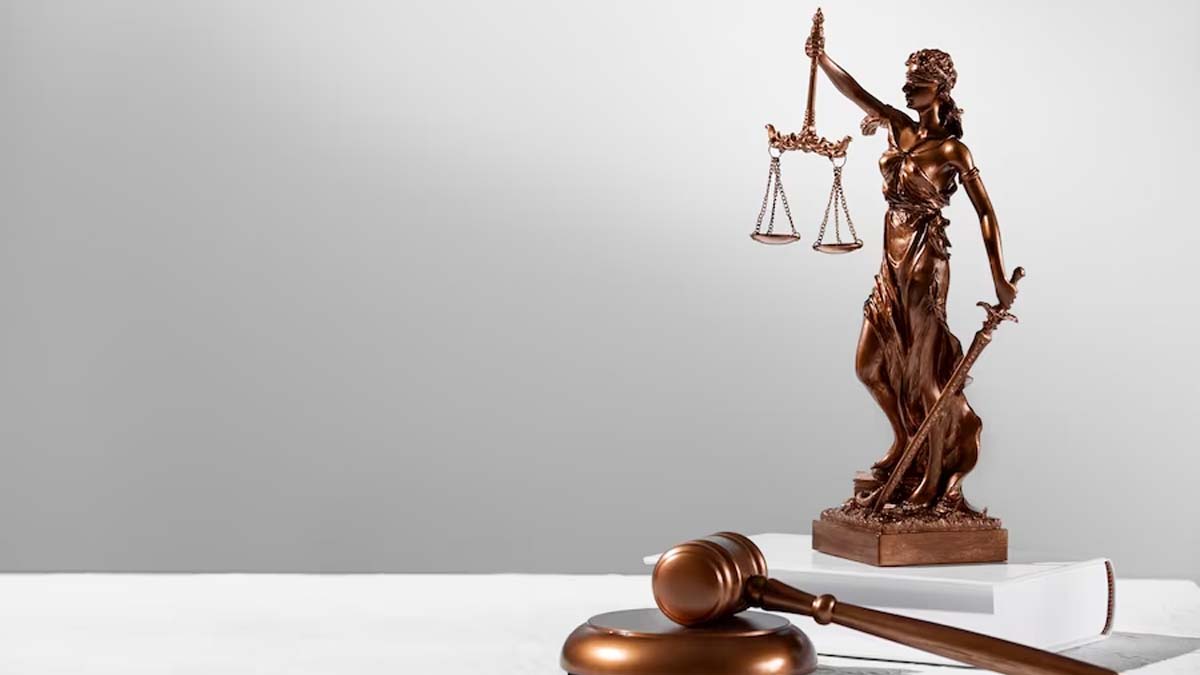Title: Constitution Law in India: A Comprehensive Overview
This article aims to delve into the key aspects of India’s constitution, exploring its historical background, salient features, fundamental rights, the structure of government, and mechanisms for constitutional interpretation.
I. Historical Background:
India’s constitutional journey dates back to the era of British colonial rule. The Indian National Congress, spearheading the independence movement, demanded a constitutional document that would secure the rights and freedoms of the Indian people. The Constituent Assembly, comprising elected representatives from across the country, was formed in 1946 to draft the constitution.
II. Salient Features of the Indian Constitution:
- Length and Preamble:
The Indian Constitution is one of the lengthiest in the world, comprising a Preamble followed by 470 articles, divided into 25 parts. The Preamble outlines the ideals and objectives of the Indian state, including justice, liberty, equality, and fraternity. - Federalism and Unitary Features:
India adopts a quasi-federal structure, with powers divided between the central government and the states. While the central government enjoys significant authority, the Constitution ensures a degree of autonomy for the states. - Fundamental Rights:
The Indian Constitution guarantees fundamental rights to its citizens, including the right to equality, freedom of speech and expression, protection against discrimination, and the right to constitutional remedies. These rights act as safeguards against potential state excesses and ensure individual freedoms. - Directive Principles of State Policy:
The Constitution also includes Directive Principles of State Policy, which provide guidelines to the government for the establishment of a just and welfare-oriented society. Although non-enforceable, they serve as a moral compass for policy-making. - Independent Judiciary:
The Indian Constitution establishes an independent judiciary as a crucial pillar of democracy. The Supreme Court, supported by High Courts at the state level, acts as the guardian of the Constitution, protecting fundamental rights and resolving disputes between the center and states.
III. Fundamental Rights:
- Right to Equality:
The right to equality ensures that all citizens are equal before the law, irrespective of religion, race, caste, sex, or place of birth. It prohibits discrimination and upholds the principle of affirmative action to promote social justice. - Right to Freedom:
The right to freedom encompasses various aspects, including freedom of speech and expression, freedom of assembly, freedom of association, freedom of movement, and freedom of occupation. These rights uphold democratic values and enable citizens to actively participate in public life. - Right against Exploitation:
The Constitution prohibits forced labor, human trafficking, and child labor. It also prohibits employment of children in hazardous occupations. - Right to Freedom of Religion:
India is a diverse nation with multiple religions and faiths. The right to freedom of religion guarantees individuals the freedom to profess, practice, and propagate any religion. It also prevents the state from favoring any particular religion. - Cultural and Educational Rights:
Recognizing India’s cultural and linguistic diversity, the Constitution protects the right of minorities to conserve their language, script, and culture. It also promotes the establishment of educational institutions to preserve cultural heritage.
IV. Structure of Government:
- Executive:
The President, elected indirectly, is the head of state, while the Prime Minister is the head of government. The executive power is vested in the President, who acts on the advice of the Council of Ministers headed by the Prime Minister. - Legislature:
India follows a bicameral system at the central level, consisting of the Rajya Sabha (Council of States) and the Lok Sabha (House of the People). The states have their own legislative assemblies. The Parliament is responsible for enacting laws and overseeing the functioning of the government. - Judiciary:
The judiciary in India is a three-tiered system, comprising the Supreme Court, High Courts, and lower courts. The Supreme Court is the apex judicial body, entrusted with the power of judicial review. It safeguards the Constitution, ensures the rule of law, and provides remedies for violations of fundamental rights.
V. Constitutional Amendments and Interpretation:
The Indian Constitution has been amended multiple times to address evolving needs and challenges. While amendments require a two-thirds majority in both houses of Parliament, the Constitution’s basic structure cannot be altered. The judiciary plays a vital role in interpreting the Constitution through judicial review, ensuring its sanctity and the protection of individual rights.
Conclusion:
India’s Constitution, with its rich historical background and extensive framework, serves as the cornerstone of its democratic system. Its salient features, including fundamental rights, federal structure, and independent judiciary, contribute to a robust system of governance and protect the rights and freedoms of its citizens. The Constitution’s resilience and adaptability have allowed India to navigate through diverse challenges and continue to evolve as a thriving democracy.
